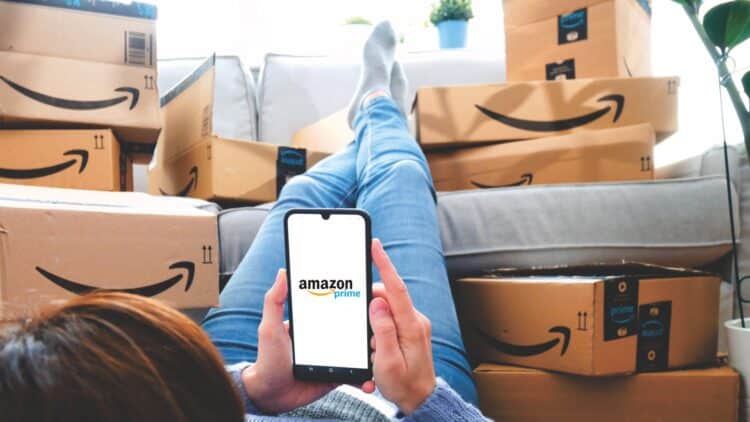It’s probably happened to you: you sign up for a service, and when you stop using it, you try everything you can to find the “unsubscribe” button, to no avail. Or maybe you start with the free trial and accidentally subscribe to the service. If this has ever happened to you, know that you’re not alone. Millions of other people have had the same experience with Amazon Prime.
It has reached such a point of logistical nightmare for consumers that the U.S. Federal Trade Commission has had to intervene. Now, Amazon, the e-commerce giant, has had to reach a historic agreement. The $2.5 billion settlement was announced last month in September 2025. This is the highest civil penalty ever imposed by the Federal Trade Commission in terms of consumer protection. Not only is it a record fine, but it will also return money to all the millions of users who subscribed to Amazon Prime illegally or were unable to cancel their subscription no matter how hard they tried.
The Amazon Prime Trap
An Amazon Prime subscription seems to offer nothing but advantages: for a modest price, you get free shipping on all the packages you want for a year. You also get access to Prime Video, Audi Ball, and Amazon Music. However, Jeff Bezos’ company seems to overlook the fact that maybe (just maybe) there are people who simply want to subscribe to this membership or not pay for it in the first place. The legal dispute in question centers on Amazon’s strategies to grow its Brain program.
The FTC called them deceptive and manipulative. There are web design tricks classified as “dark patterns.” These are visual shortcuts or navigation flows intentionally designed to manipulate us into choosing an option. A very clear example is when we enter a website and are asked to accept all cookies.
That button is large and brightly colored, while the “accept only necessary cookies” button is small, gray, and tucked away on one side of the pop-up window. These kinds of tricks make us unconsciously make decisions that benefit the company. In this case, it was about subscribing to a service without realizing it, or worse, making it difficult for us to cancel our membership.
That is why the FTC accused Amazon of violating consumer trust laws in online purchases. Amazon used pop-up windows that insisted on subscribing to Amazon Prime during the checkout process for an order. Often, when selecting options such as expedited shipping, users did not realize that this also entailed activating a recurring paid membership. Internal documents that appeared in the trial reveal that Amazon executives themselves were aware of the problem, even describing it as a “murky world.”
The Historic Settlement
However, Amazon did not get off scot-free. A lawsuit was first filed in Seattle, but a settlement of US$2.5 billion was reached, to be divided into two sums: US$1.6 billion will be used to reimburse all consumers who were harmed by these business practices. The remaining US$1 billion will be a civil penalty to punish the company for its conduct. As always, the company did not formally admit any guilt in the agreement, but it did commit to making drastic and permanent changes.
According to FTC Chairman Andrew Ferguson, this penalty aims to return billions of dollars to Americans who had been manipulated by these Amazon techniques and to ensure that the company does not do so again. As Thomas Sowell says, economic losses are as important to a company as net profits. Nothing conditions a business’s operations more than negative reinforcement. The next time Amazon wants to push people too hard to sign up for its Prime membership, it will have to find another way to make its subscription fee attractive.

